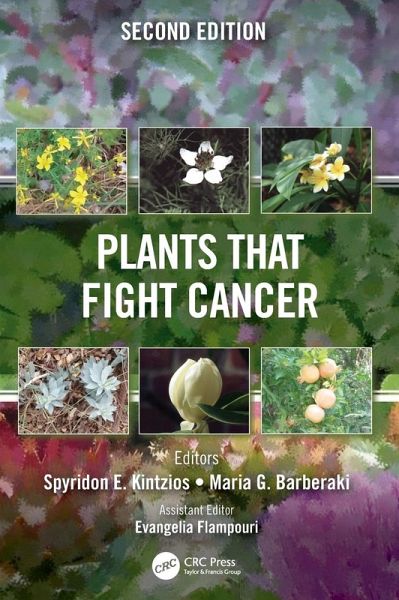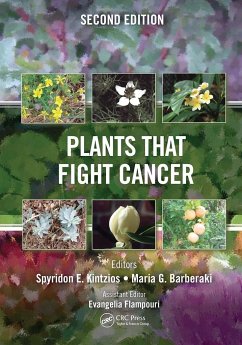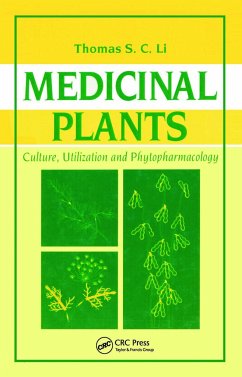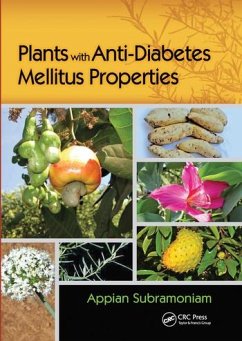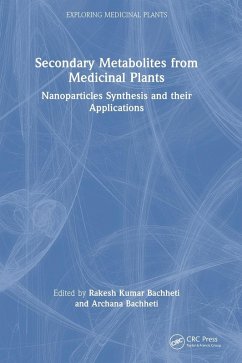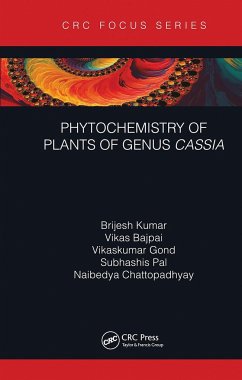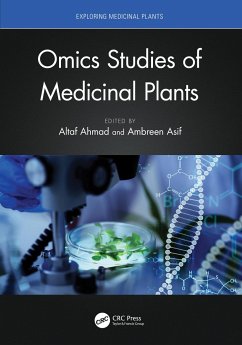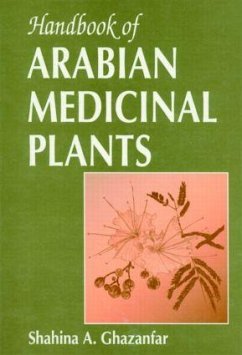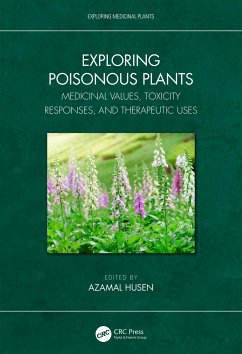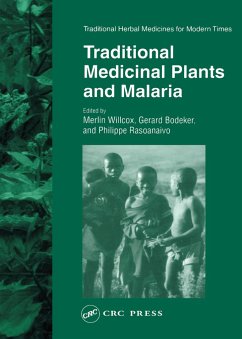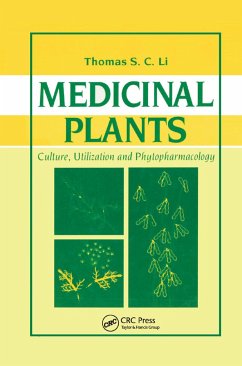Gebundenes Buch
Plants that Fight Cancer, Second Edition
Versandkostenfrei!
Versandfertig in 1-2 Wochen
Weitere Ausgaben:

PAYBACK Punkte
96 °P sammeln!




Plants that Fight Cancer is an up-to-date, extensive review of plant genera and species with documented anti-tumor and anti-leukaemic properties.
Professor Spyridon Kintzios is the Rector of the Agricultural University of Athens (AUA) and the founder and Director of the Laboratory of Cell Technology and the AUA Center for Applications of Cell Biological Technologies. He received his Ph.D. in Genetics and Plant Breeding from the Technical University of Munich. He has a working experience of over 30 years in Biotechnology. He is the author/co-author of 110 peer-reviewed articles in cited international scientific journals, as well as the author or co-author of more than 100 international book chapters and conference presentations. He is also the editor of five international books, a fellow of several Scientific Societies and a member of several public, academic and industry committees in Greece and abroad. Dr Maria Barberaki graduated from the Department of Agricultural Biotechnology, Agricultural University of Athens, Greece. Her PhD study was focused on the production of secondary products with medicinal use from Viscum album using biotechnological methods. Dr Barberaki has a several year-long working experience at international pharmaceutical companies. She was one of the Editors of the first Edition of Plants that Fight Cancer. She is currently working in Secondary and Vocational Education. Dr Evangelia Flampouri holds a PhD in Agricultural Sciences specializing in Mammalian Toxicology, a Master of. Arts degree in Bioactive products and Protein Technology and a Bachelor of Arts degree in Agricultural Biotechnology. She has over 10 years of experience in Academic and Industrial research projects. She has worked as a contracted Associate Professor at the Agricultural University of Athens, teaching Pharmacognosy and Bioactive Products. She is the author/co-author of various peer-reviewed articles in cited international scientific journals.
Produktdetails
- Verlag: CRC Press
- 2. Auflage
- Erscheinungstermin: 12. Juli 2019
- Englisch
- Abmessung: 260mm x 183mm x 33mm
- Gewicht: 1184g
- ISBN-13: 9781498726405
- ISBN-10: 1498726402
- Artikelnr.: 57108504
Herstellerkennzeichnung
Libri GmbH
Europaallee 1
36244 Bad Hersfeld
gpsr@libri.de
Für dieses Produkt wurde noch keine Bewertung abgegeben. Wir würden uns sehr freuen, wenn du die erste Bewertung schreibst!
Eine Bewertung schreiben
Eine Bewertung schreiben
Andere Kunden interessierten sich für



